Overview
This article explores the differences between stainless steel and carbon steel for everyday carry (EDC) knives, highlighting their advantages and disadvantages. Stainless steel offers corrosion resistance and low maintenance, while carbon steel provides superior sharpness and edge retention but requires more upkeep. The choice depends on your lifestyle, usage, and willingness to maintain the blade. Understanding these factors can help you select the right knife for your needs.
Frequently Asked Questions
1. What are the main differences between stainless steel and carbon steel for EDC knives?
2. What are the advantages of stainless steel for EDC knives?
3. What are the disadvantages of carbon steel for knife blades?
4. How should I maintain stainless steel knives?
5. Which blade material should I choose for my EDC knife?
When it comes to choosing the perfect blade for your EDC knives, understanding the differences between materials is crucial. The two most popular blade materials are stainless steel and carbon steel. Each has its pros and cons that can impact performance, durability, and maintenance. In this article, we will delve into the advantages and disadvantages of both stainless steel and carbon steel, helping you make a more informed decision for your everyday carry knives.
Understanding Blade Steel: A Quick Overview
Before we dive into the specifics of stainless and carbon steel, let’s take a moment to understand what blade steel is. Blade steel is the material used to make the blade of a knife. The type of steel affects everything from sharpness to corrosion resistance and overall performance. For enthusiasts and casual users alike, selecting the right steel for their EDC knives can be a game-changer.
What is Stainless Steel?
Stainless steel is an alloy that contains a minimum of 10.5% chromium, making it resistant to corrosion and rust. This quality has made stainless steel a preferred choice for many knife manufacturers. Its composition provides several benefits, particularly for those who are new to knife ownership or those who prefer low-maintenance options.
Advantages of Stainless Steel
- Corrosion Resistance: Stainless steel’s chromium content significantly enhances its resistance to rust and corrosion. This makes it an excellent option for those living in humid or coastal areas.
- Ease of Maintenance: In general, stainless steel requires less frequent sharpening and cleaning than carbon steel. This is especially advantageous for users who don’t want to invest much time in upkeep.
- Durability: Thanks to its toughness, stainless steel can withstand difficult working conditions without chipping or breaking.
- Variety of Types: There are numerous types of stainless steel available, allowing for a diverse selection of hardness, toughness, and edge retention. Popular types for EDC knives include VG-10 and S30V.
Disadvantages of Stainless Steel
- Edge Retention: While stainless steel tends to be more durable, it may not hold an edge as long as carbon steel. This means more frequent sharpening may be needed.
- Price: High-quality stainless steel can be more expensive than carbon steel options, which might be an important factor for budget-conscious consumers.
What is Carbon Steel?
Carbon steel, by contrast, is primarily made of iron with a higher percentage of carbon, usually between 0.5% to 1.5%. This type of steel, while prone to rust and corrosion, offers unique advantages that appeal to many knife users.
Advantages of Carbon Steel
- Sharpness: Carbon steel can be honed to a sharper edge than stainless steel. This results in exceptional cutting performance, making it a favorite for chefs and outdoor enthusiasts alike.
- Edge Retention: Because of its hardness, carbon steel typically retains its edge much longer than stainless steel. This is beneficial for users who require reliable performance from their EDC knives.
- Ease of Sharpening: Although it requires some maintenance, carbon steel can be sharpened easily, even with basic tools.
Disadvantages of Carbon Steel
- Corrosion Vulnerability: One of the most significant drawbacks of carbon steel is its susceptibility to rust and corrosion if not properly maintained. Users must take extra care, especially in humid or wet environments.
- Maintenance Required: Regular oiling and cleaning are essential for carbon steel blades to prevent them from rusting, requiring a commitment to upkeep.
Corrosion Resistance: A Key Consideration
When deciding between stainless steel and carbon steel for your EDC knives, one of the critical factors to consider is corrosion resistance. As mentioned, stainless steel shines in this area and is generally a go-to for those prioritizing a low-maintenance option. Carbon steel, while offering superior sharpness and edge retention, comes with the caveat of requiring more careful handling to avoid rust and corrosion.
Maintenance and Care Tips for Blade Materials
Each type of steel requires different care protocols to maintain performance and longevity. Here are some tips to ensure your knives remain in top condition:
Maintenance for Stainless Steel
- Clean after use: Wipe down your knife with a damp cloth after use to remove debris.
- Occasional sharpening: When your knife feels dull, use a whetstone or a diamond sharpener to restore the edge.
- Store properly: Use a knife block or sheath to keep your blade safe and avoid accidental damage.
Maintenance for Carbon Steel
- Frequent cleaning: After each use, make sure to clean and dry your knife immediately to prevent rust.
- Regular oiling: Coat the blade with a light oil, such as mineral oil, to create a protective barrier against moisture.
- Sharpen often: Stay on top of your knife’s maintenance by sharpening it whenever you notice a decline in cutter performance.
Which Steel is Right for You?
Your choice between stainless steel and carbon steel will ultimately depend on your lifestyle, usage, and preference. Below are a few considerations to help guide your decision:
- Lifestyle: Consider where you live and how you will use your blade. For those in humid areas or who may regularly encounter water, stainless steel may be more suitable. If you prioritize cutting performance and are willing to maintain your knife, carbon steel may be better.
- Type of use: Think about the tasks you'll be performing. If you need a knife for outdoor activities like camping, carbon steel's sharpness and edge retention might appeal to you.
- Maintenance willingness: Some people prefer a more hands-on approach to knife care, while others may want a blade that they can use without too much upkeep. Choose a material that aligns with your willingness to maintain your EDC knives.
Future Trends in Blade Materials
The world of knife manufacturing is constantly evolving, with new materials and technologies emerging regularly. While stainless and carbon steels remain prominent, manufacturers are exploring options like powder metallurgy and ceramics, which can offer unique traits. This means that consumers have an exciting horizon to look forward to, with potential breakthroughs that enhance performance and versatility.
Your EDC Knives Decision Just Got Easier!
Understanding the differences between stainless steel and carbon steel is essential for anyone looking to invest in high-quality EDC knives. Each has its strengths and weaknesses that cater to different users and requirements. By considering your own needs, preferences, and commitment to maintenance, you can confidently select a blade that will serve you well for years to come. Remember, the right knife can significantly enhance your daily tasks and experiences, making your choice an important one!


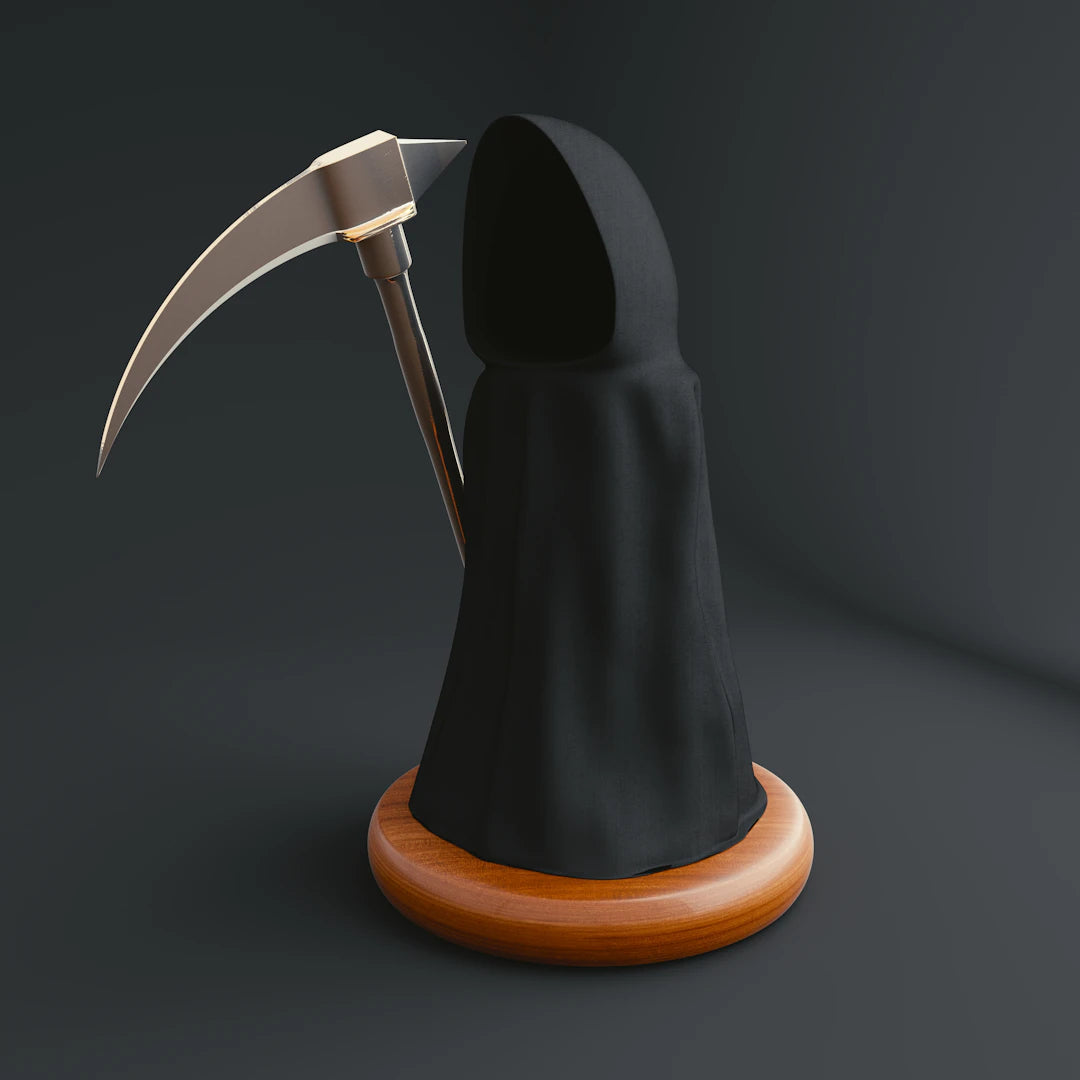
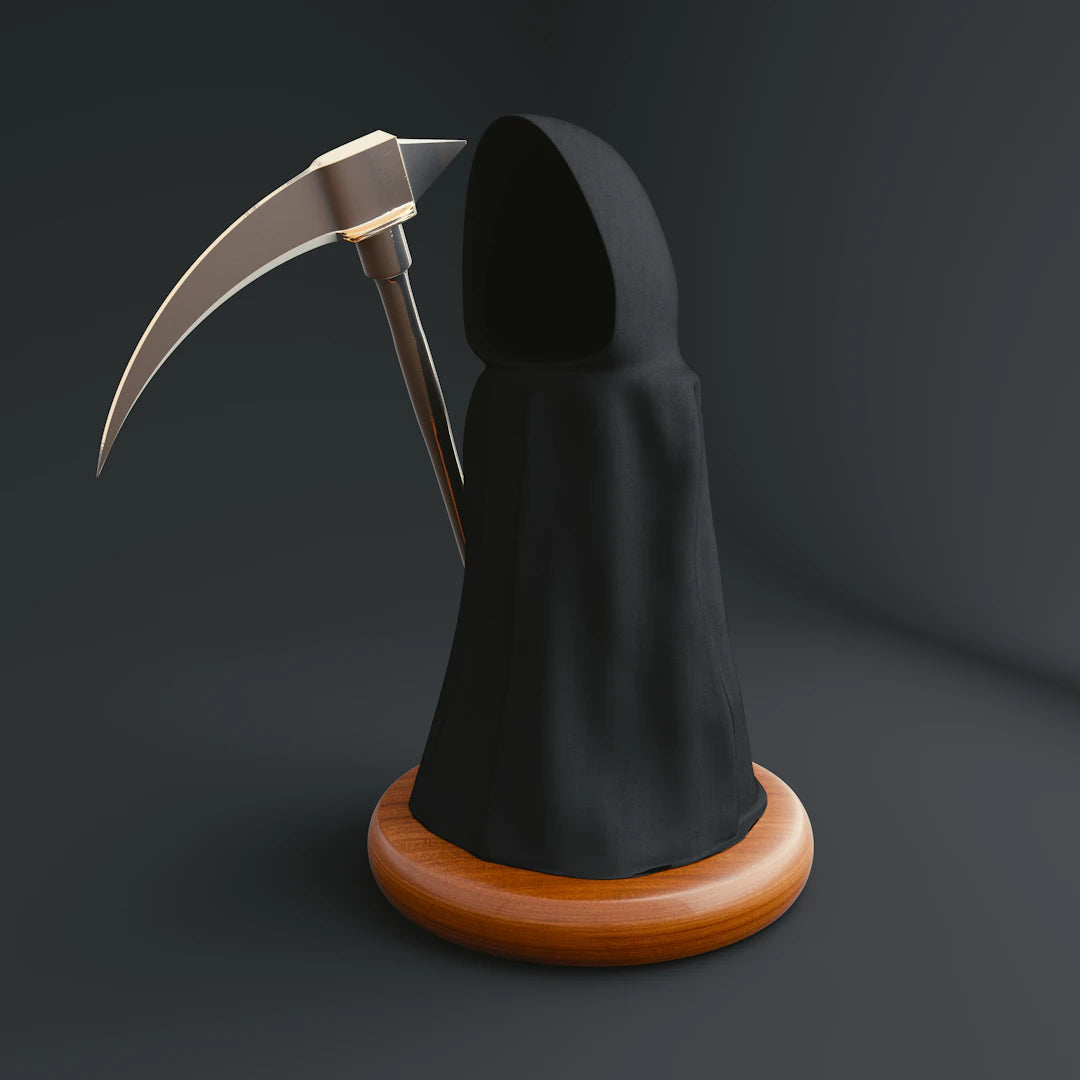
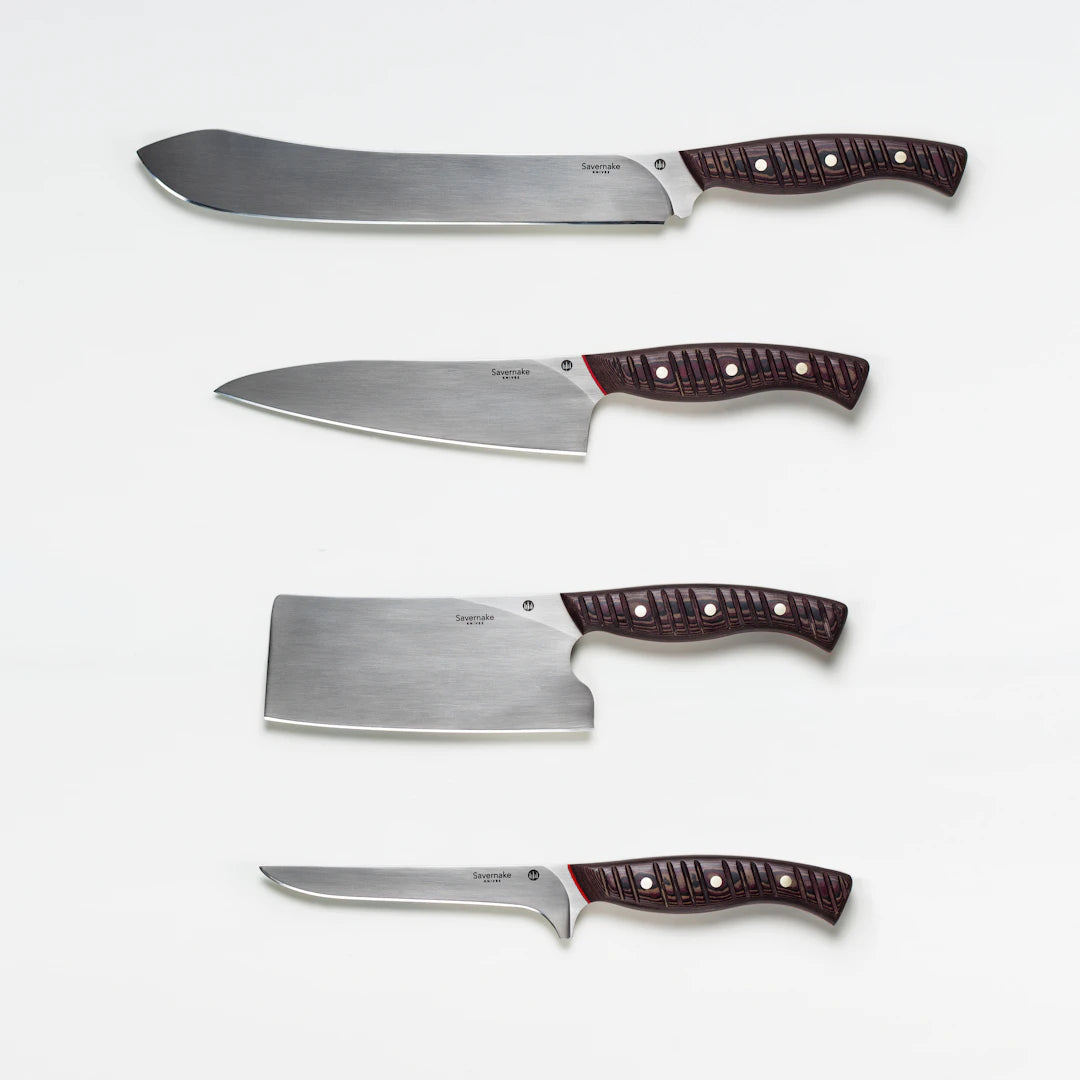
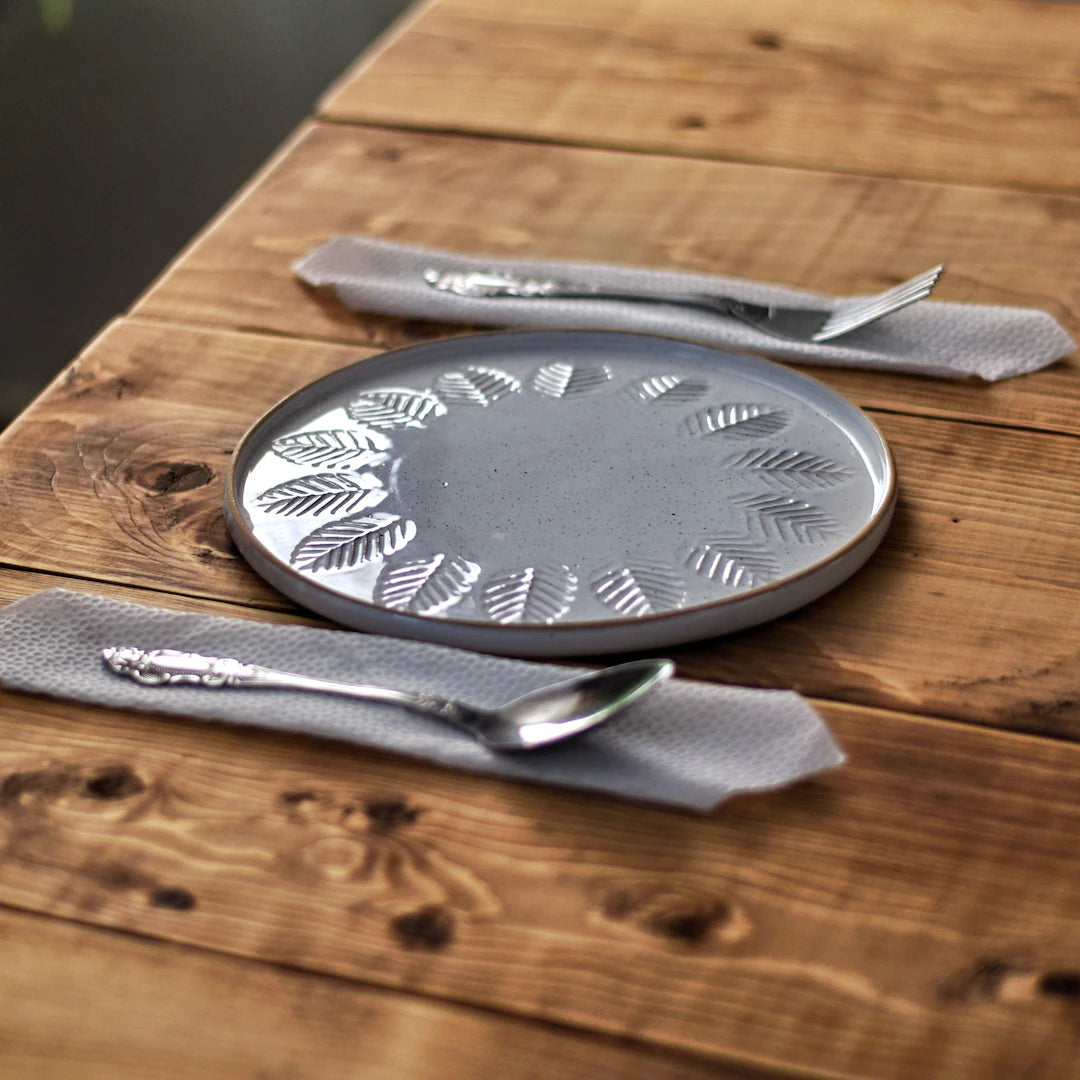
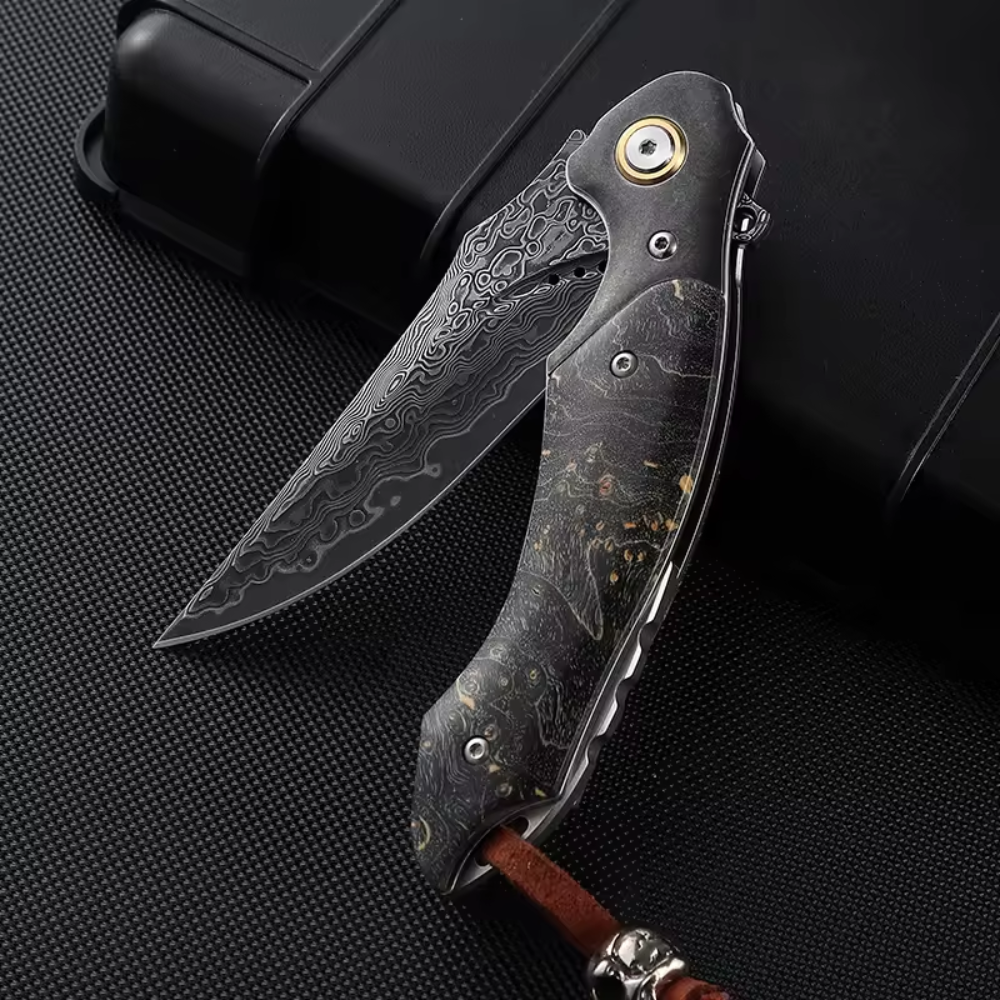
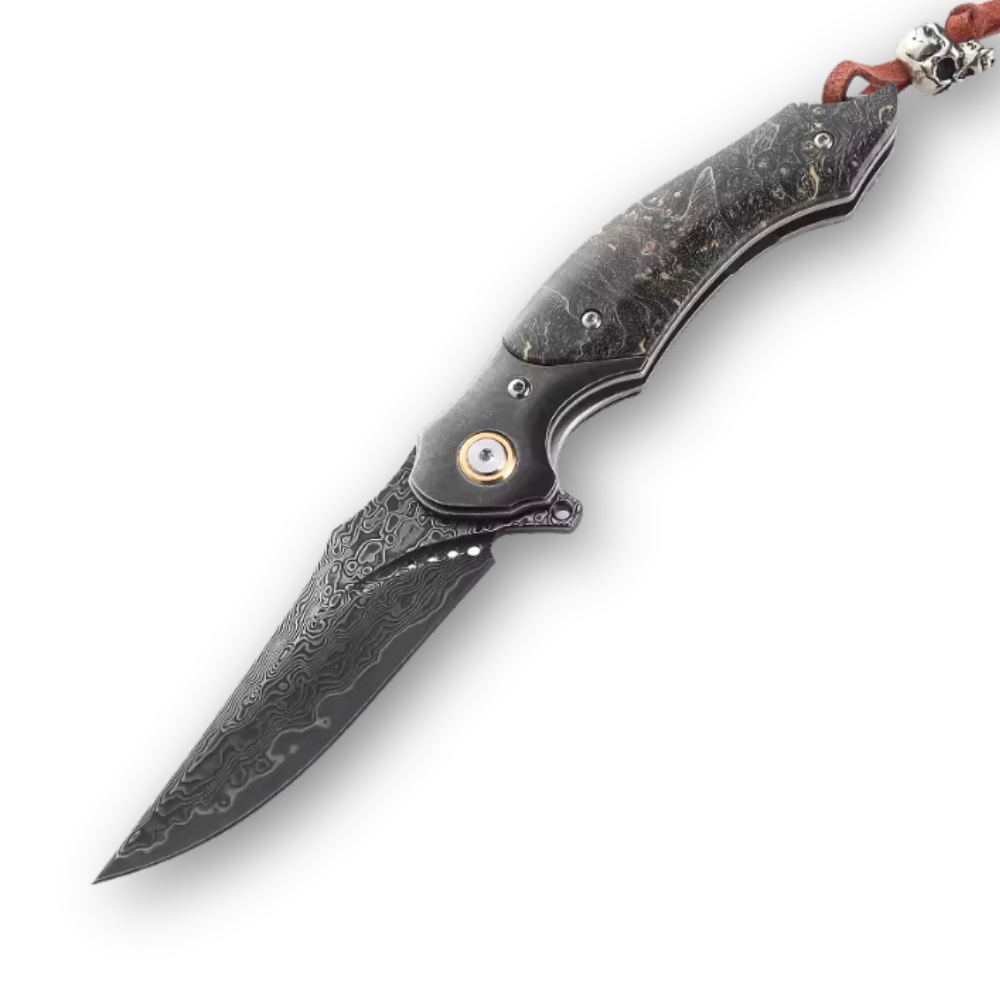
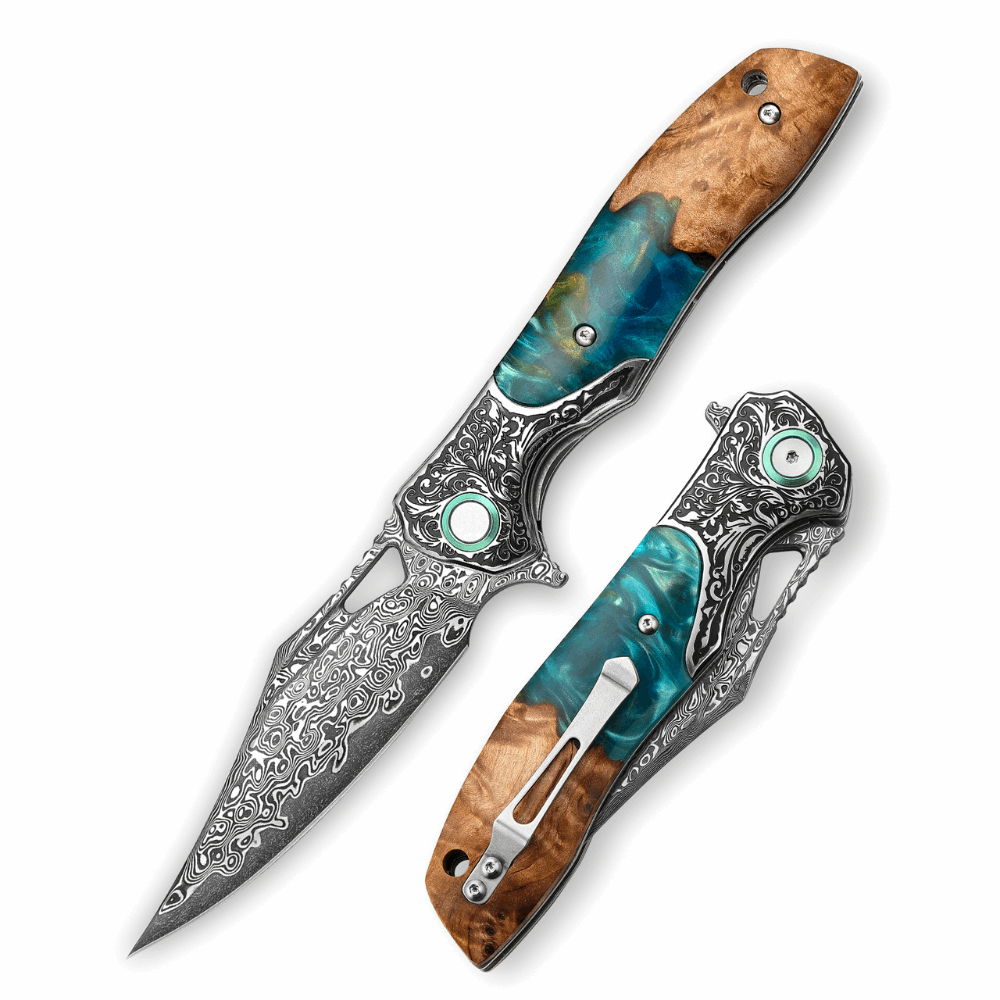
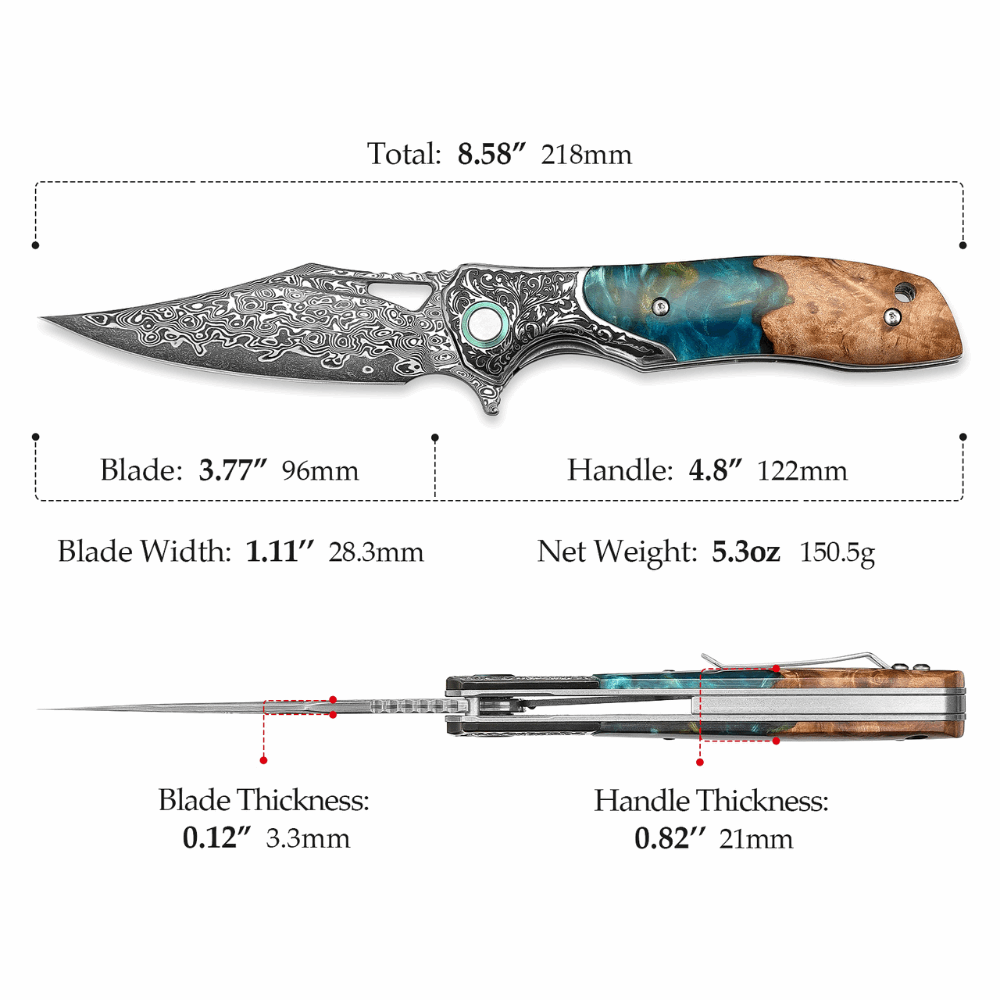
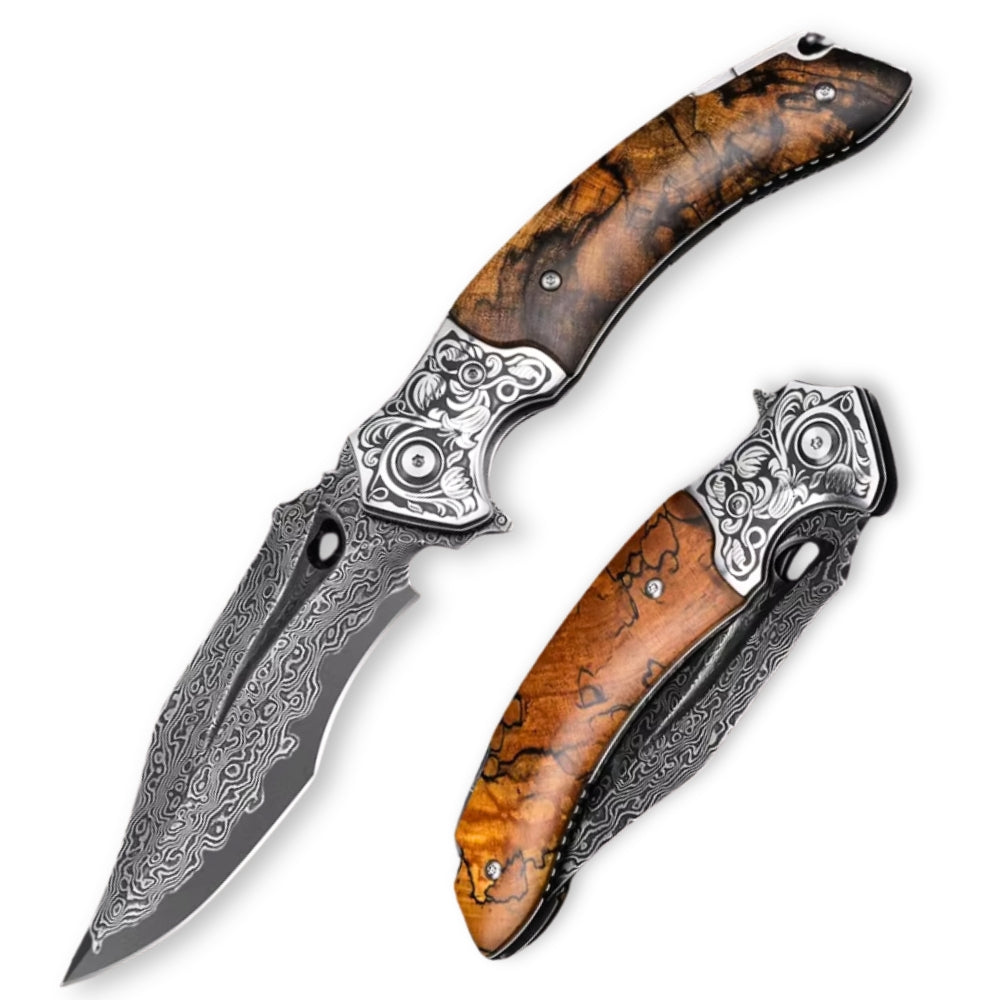
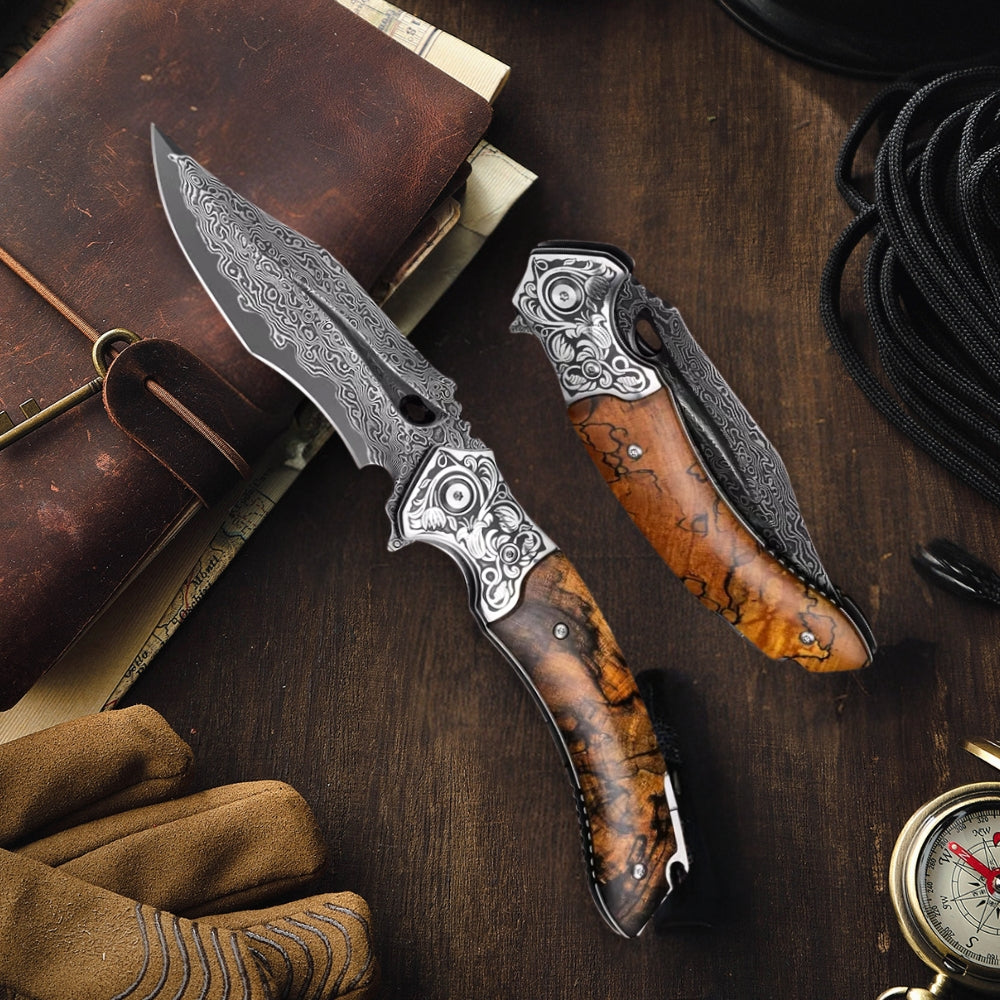
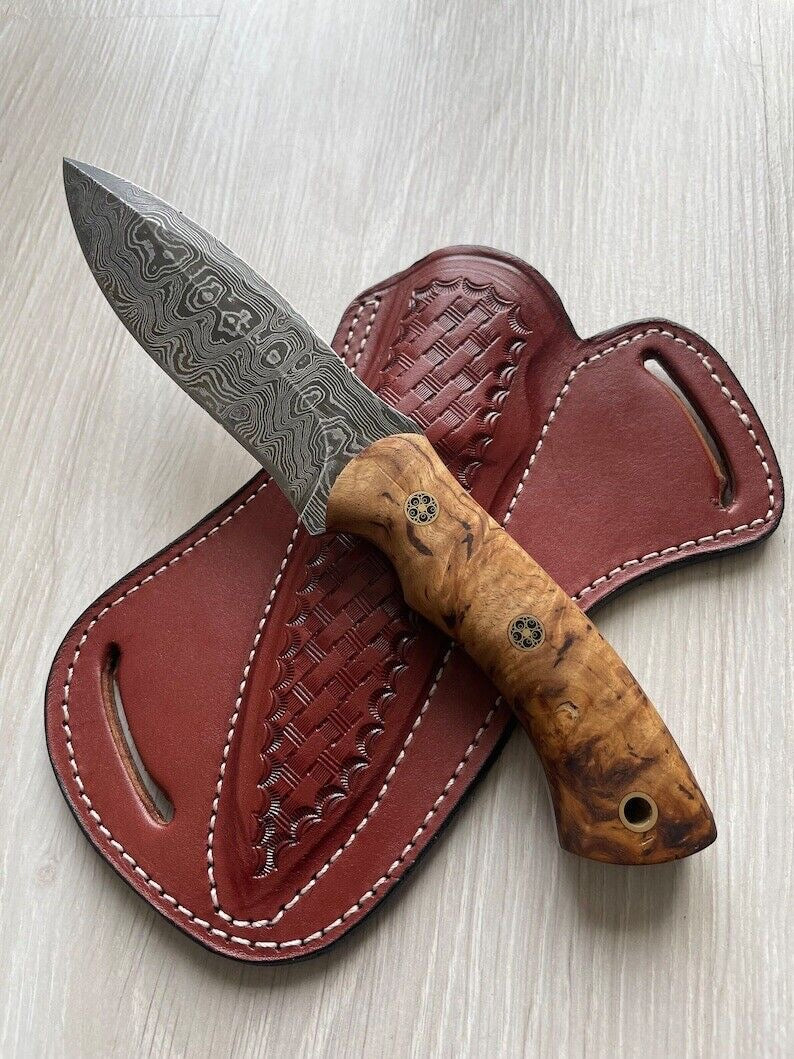
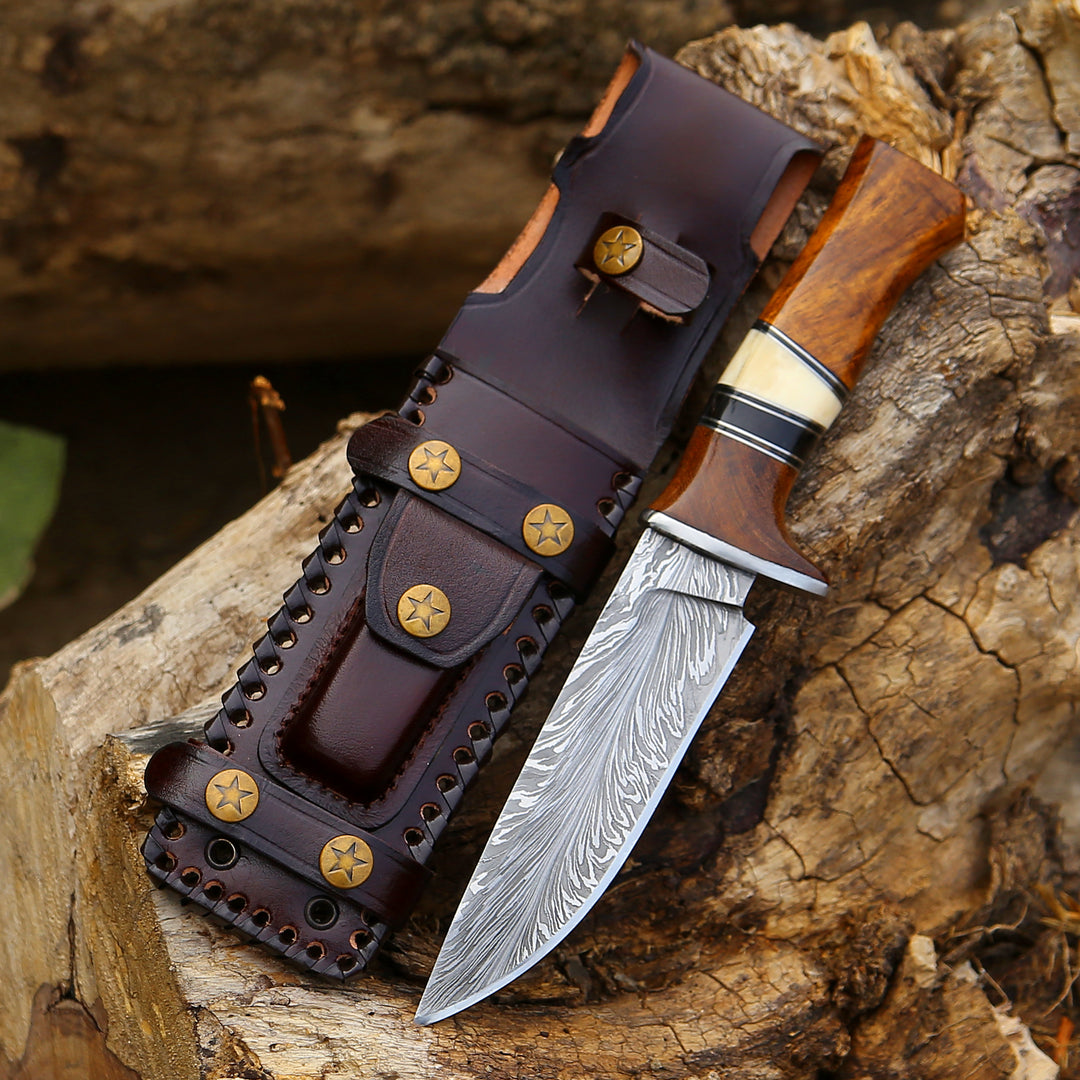
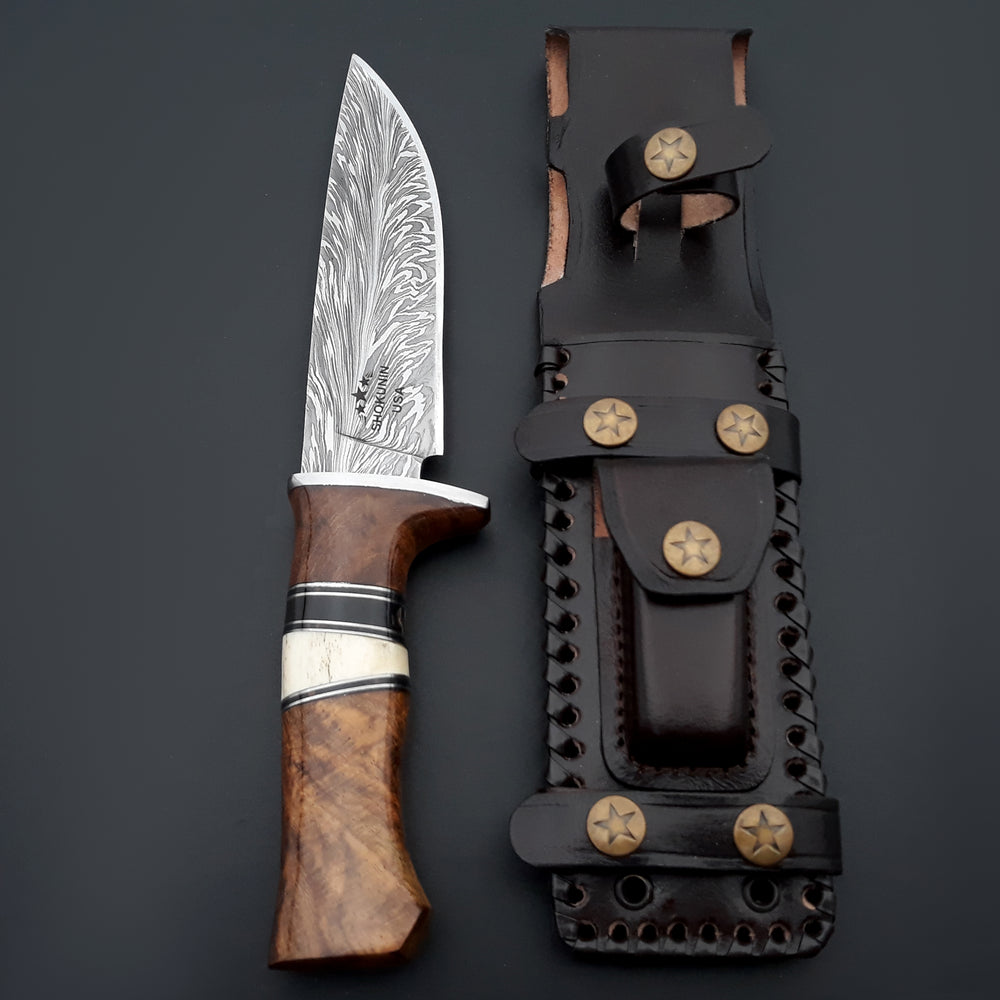
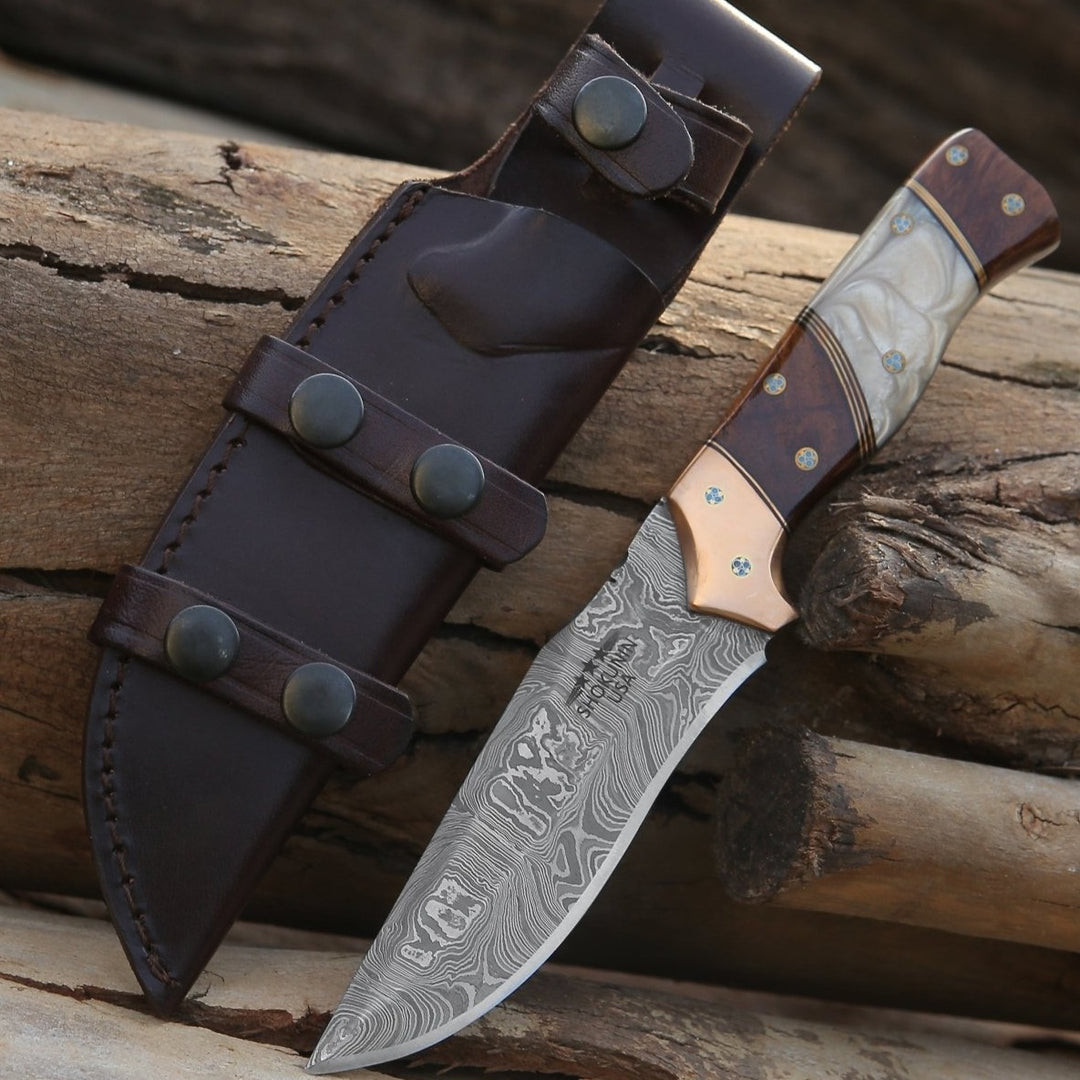
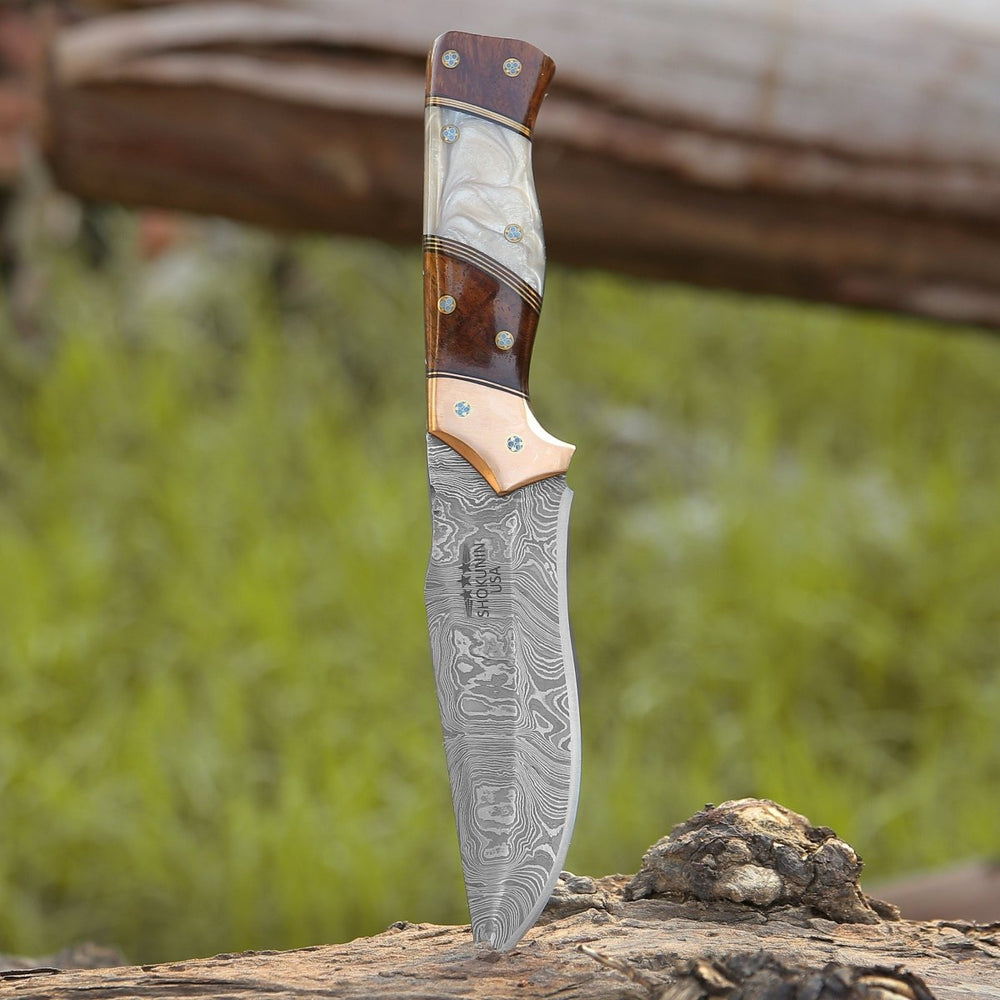
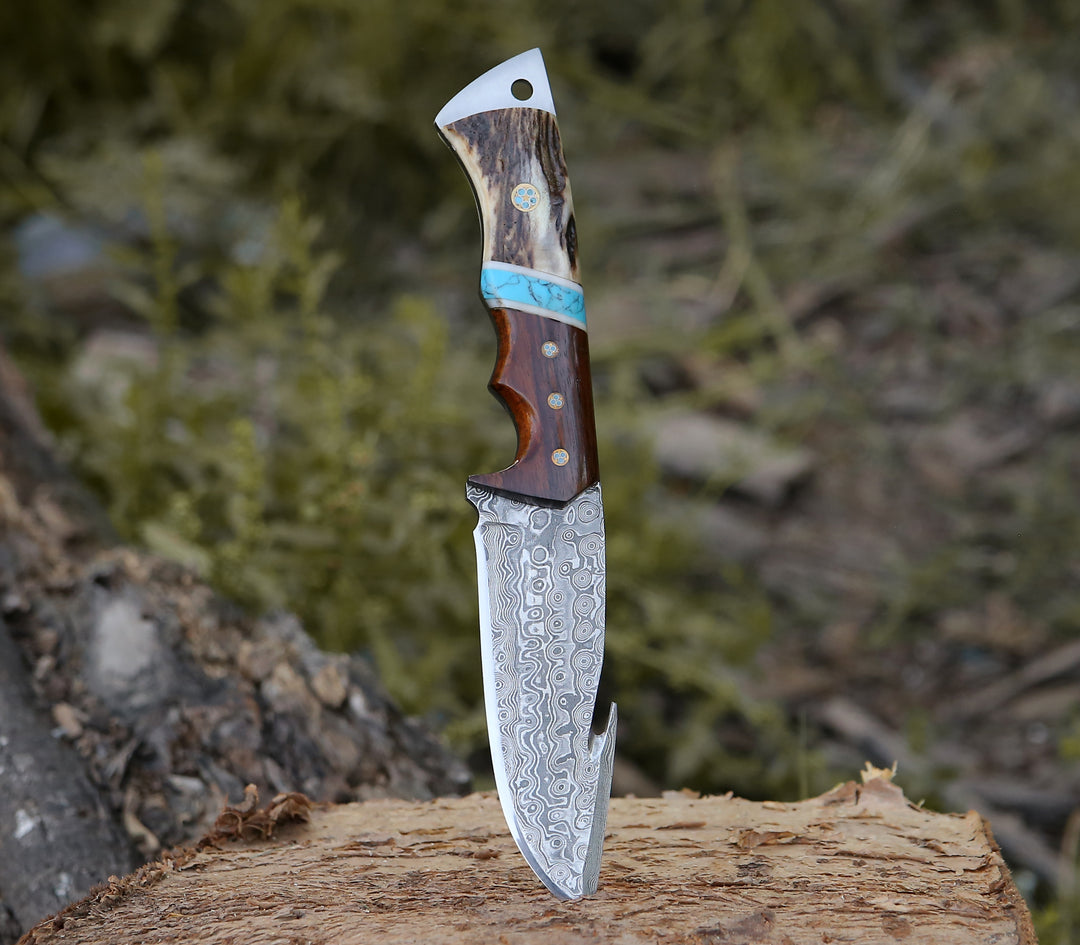
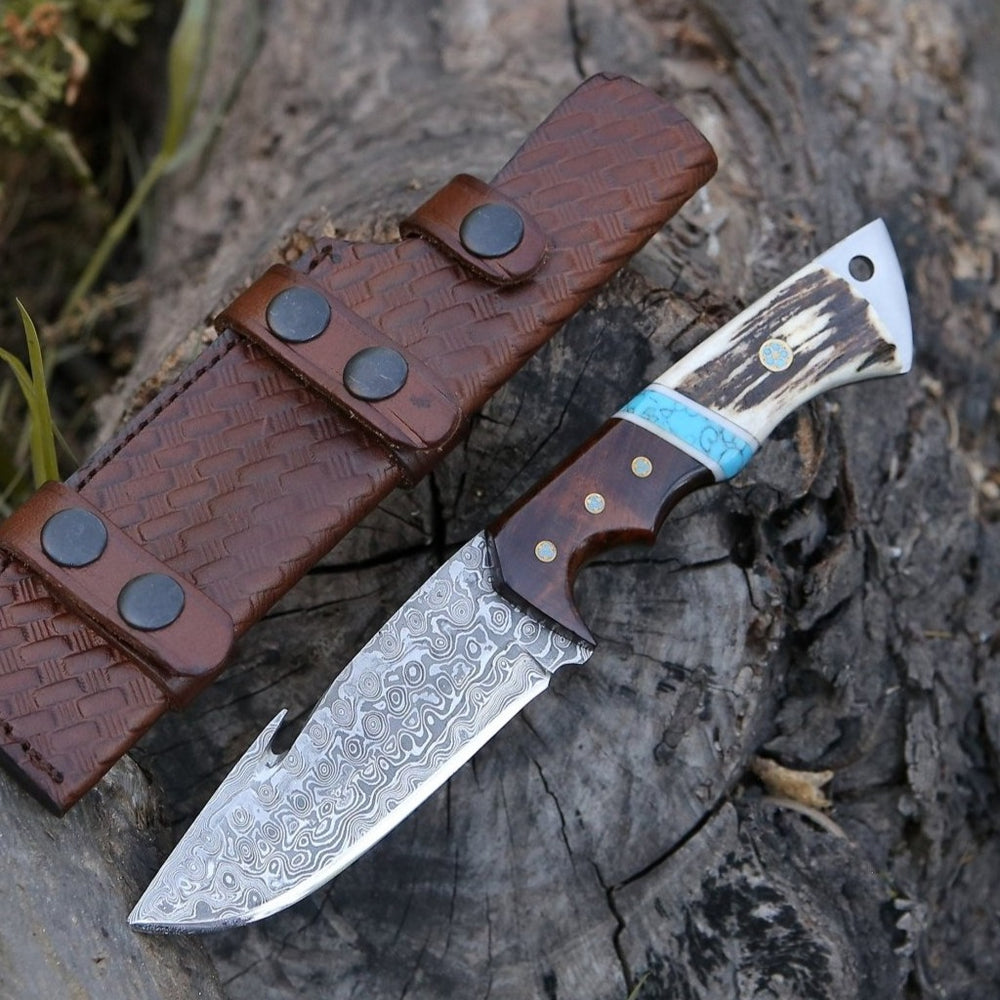
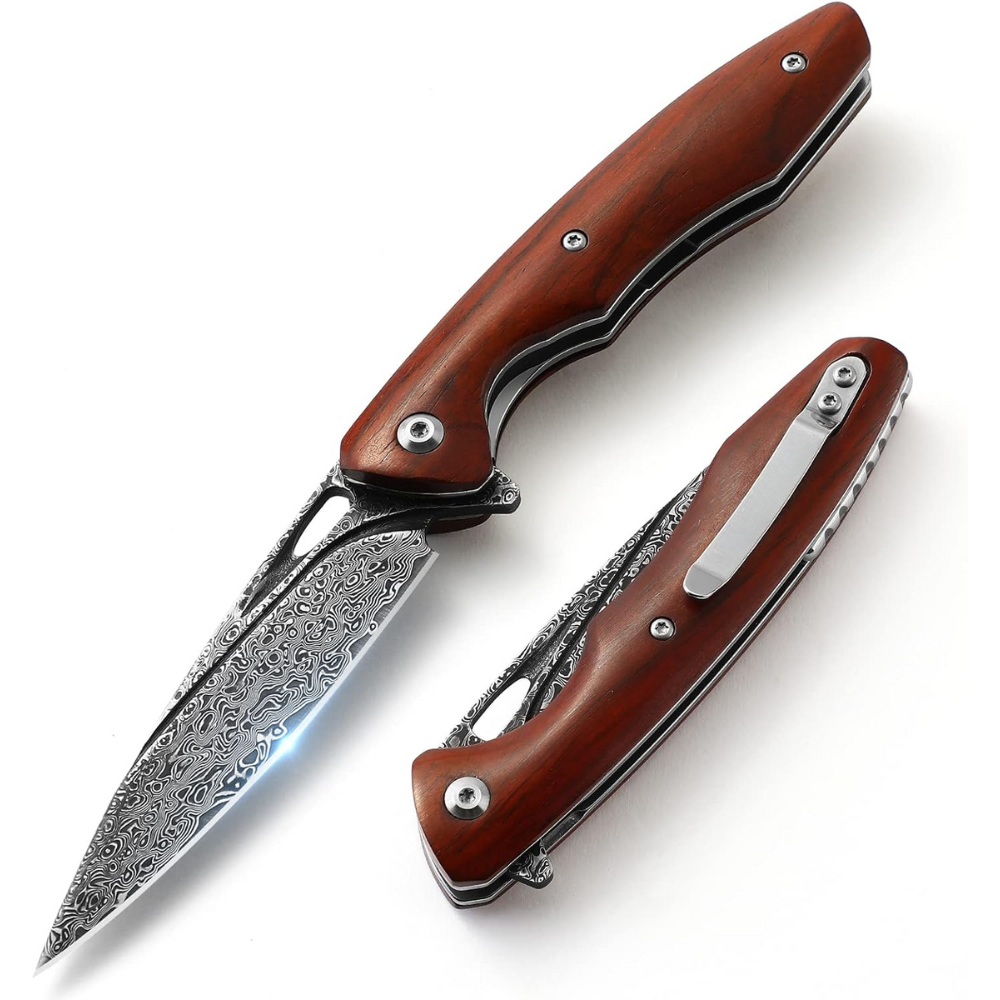
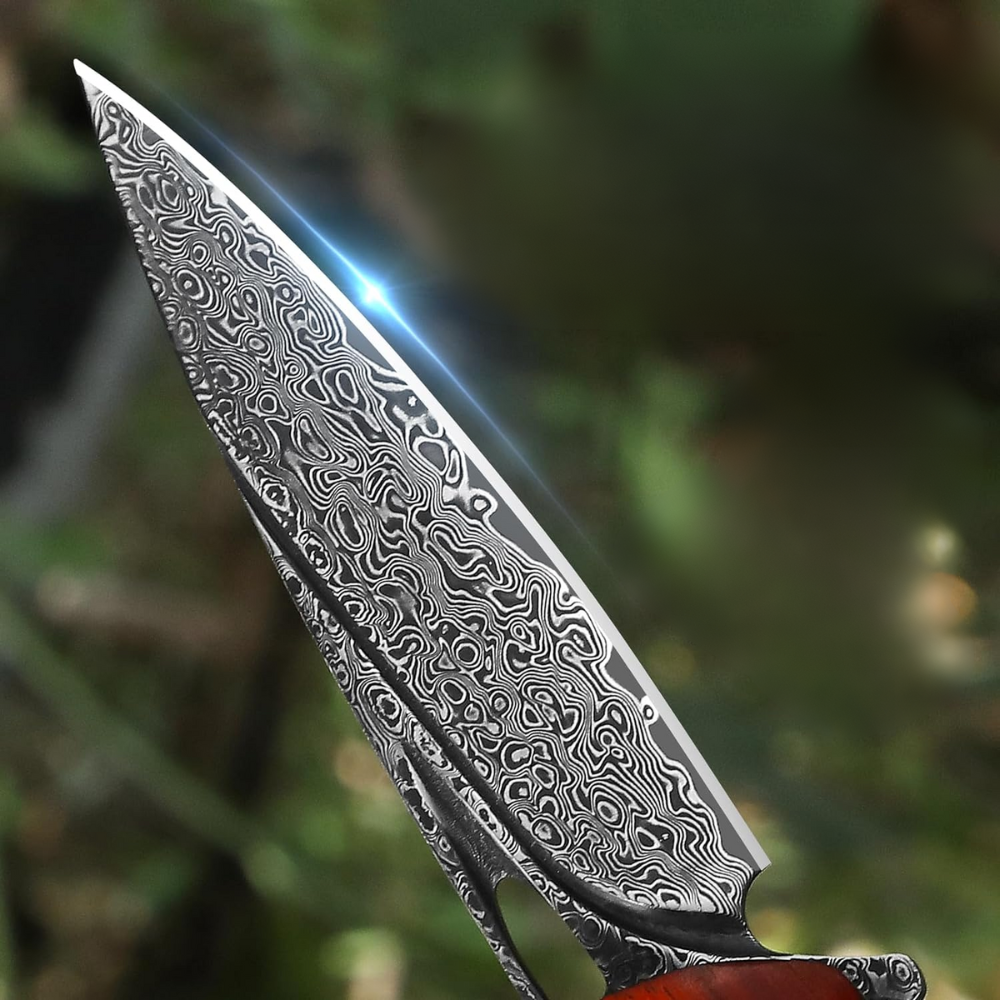
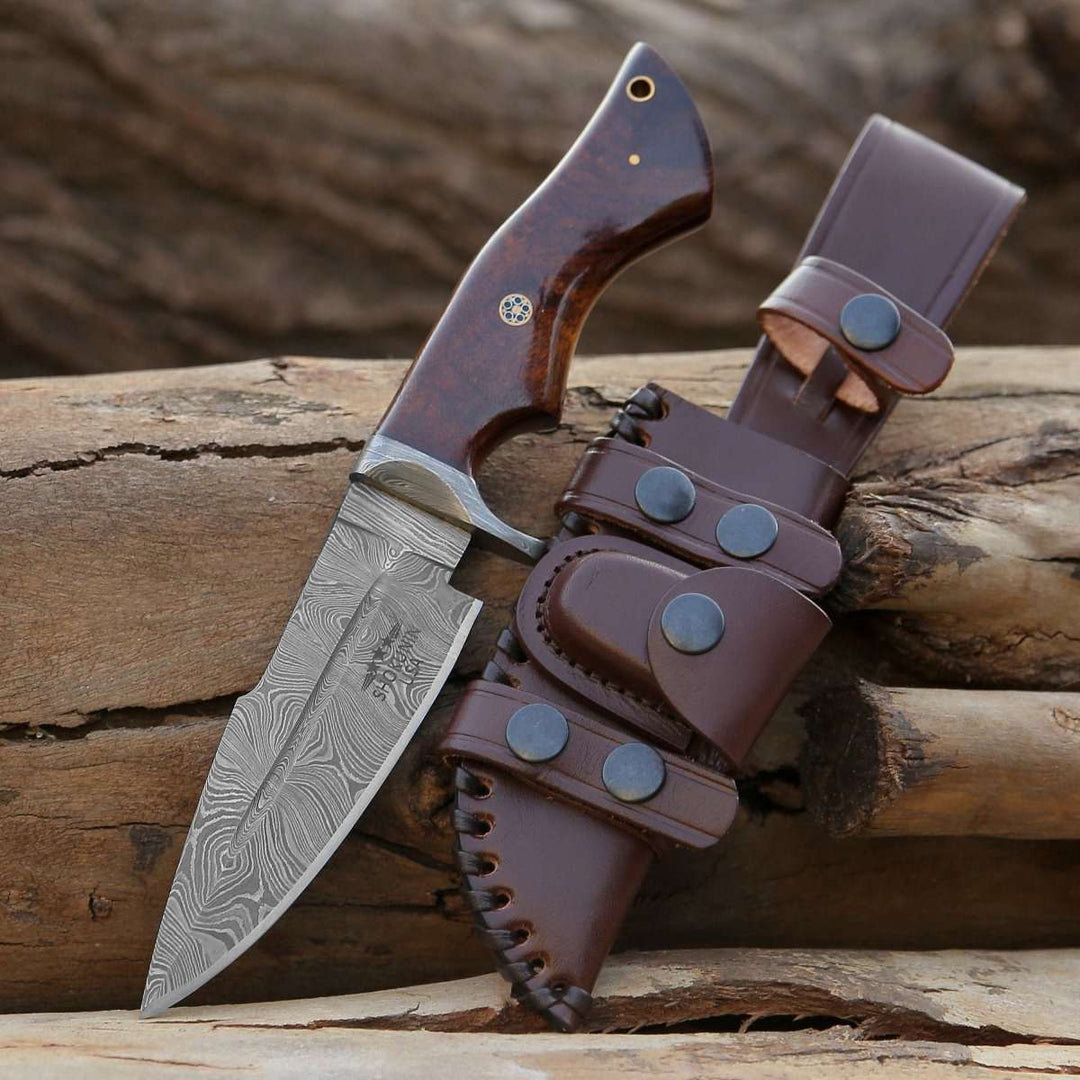
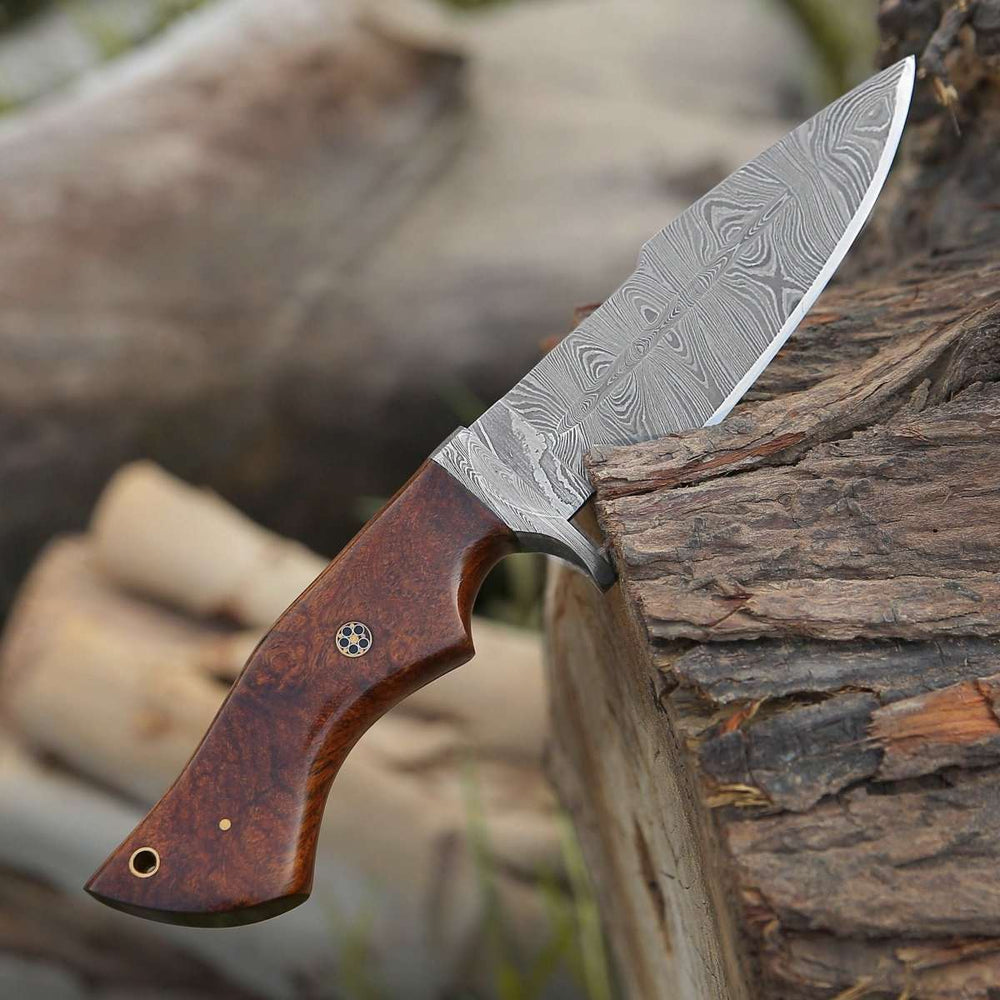
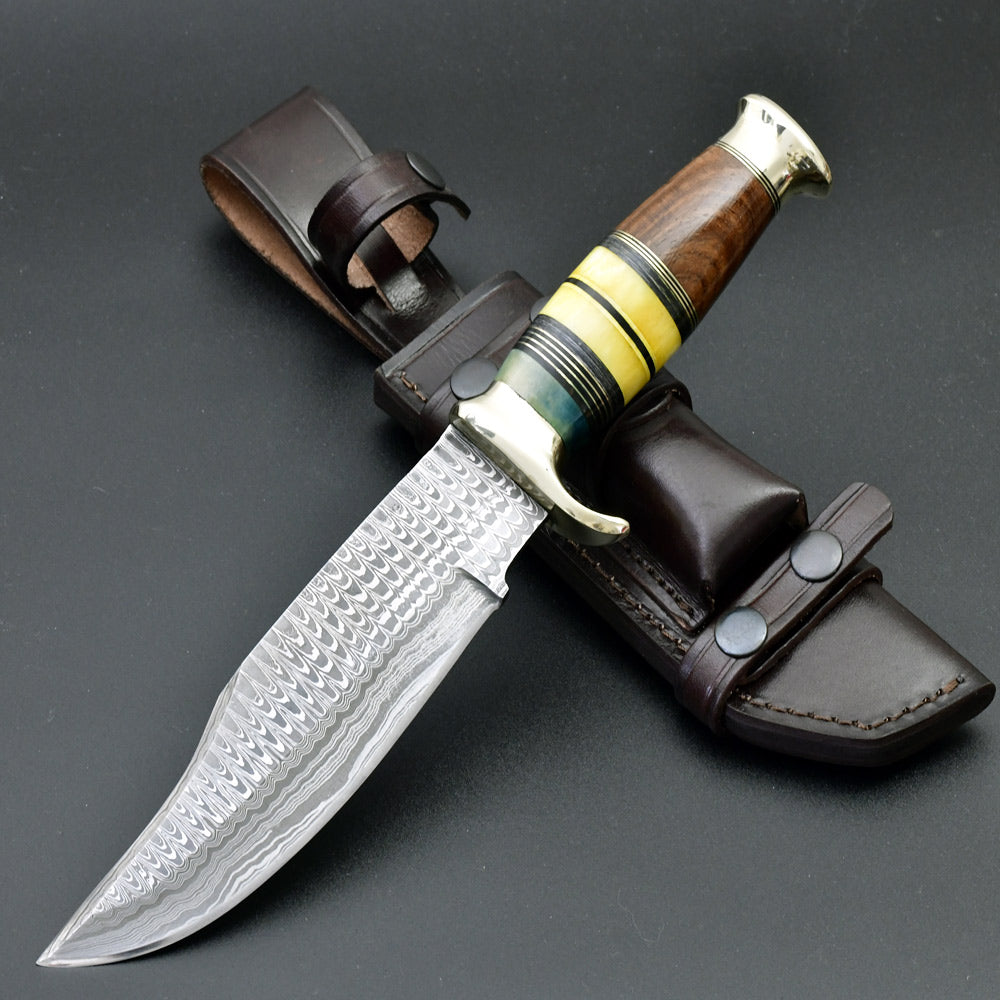
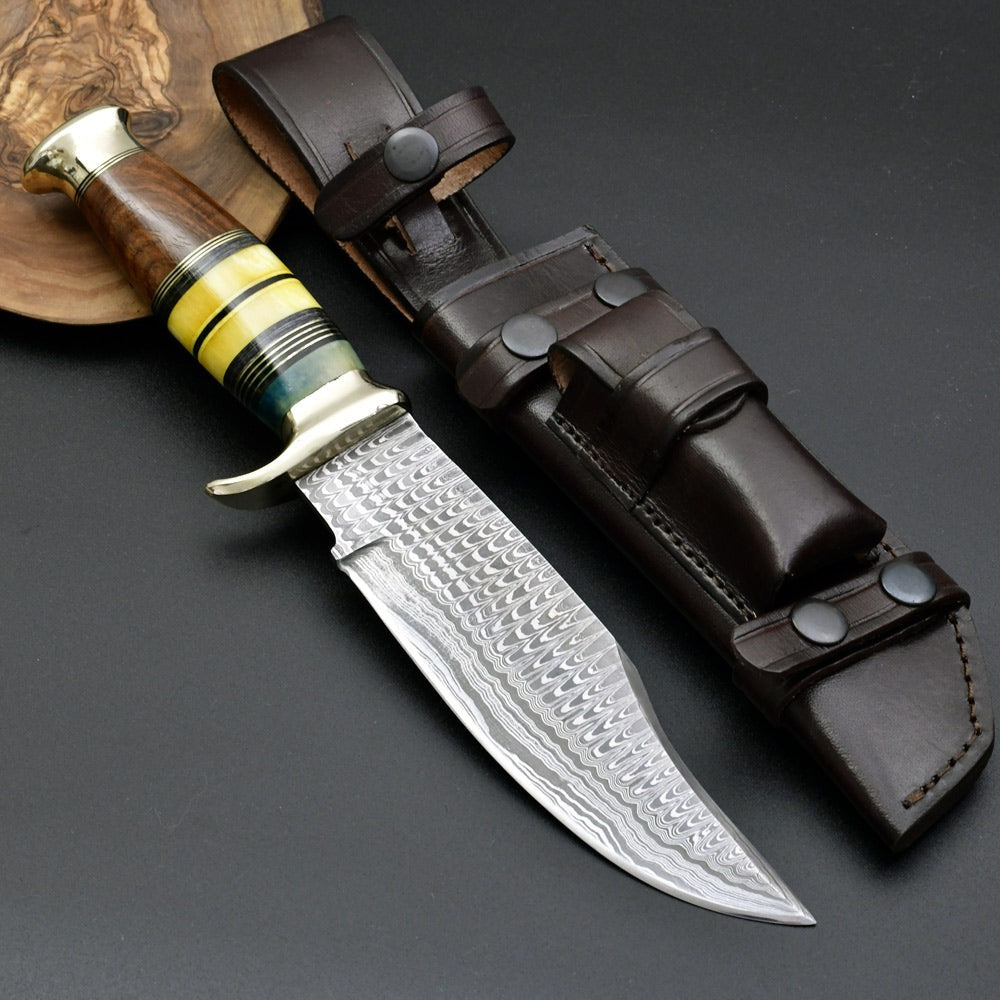
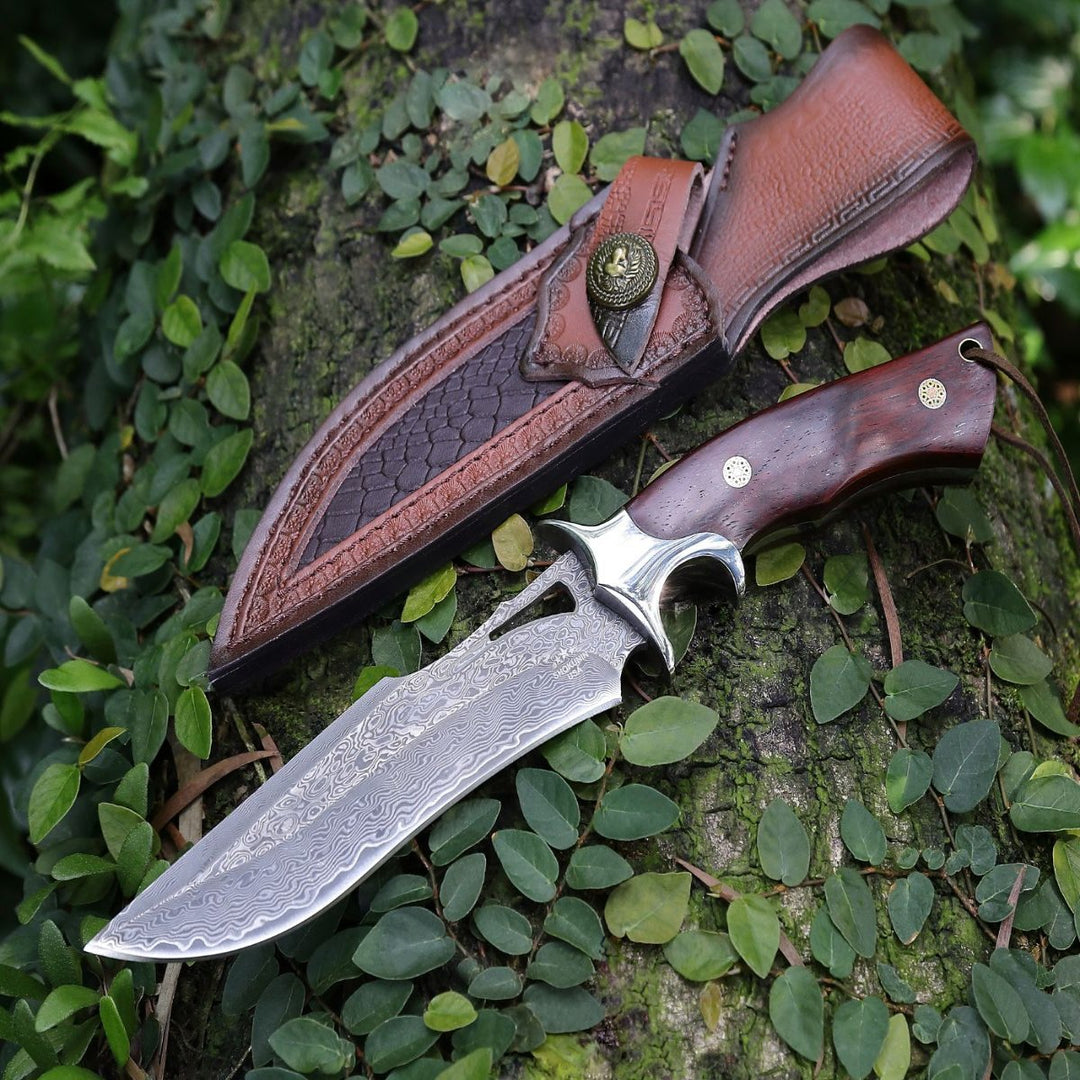
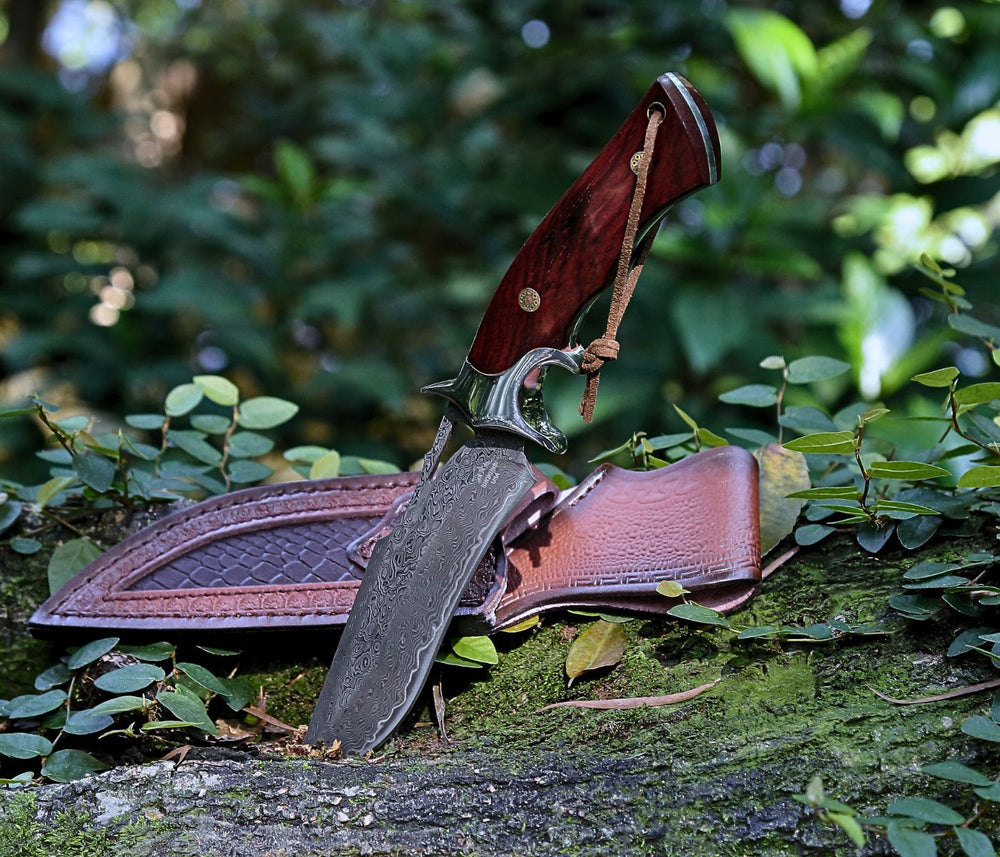
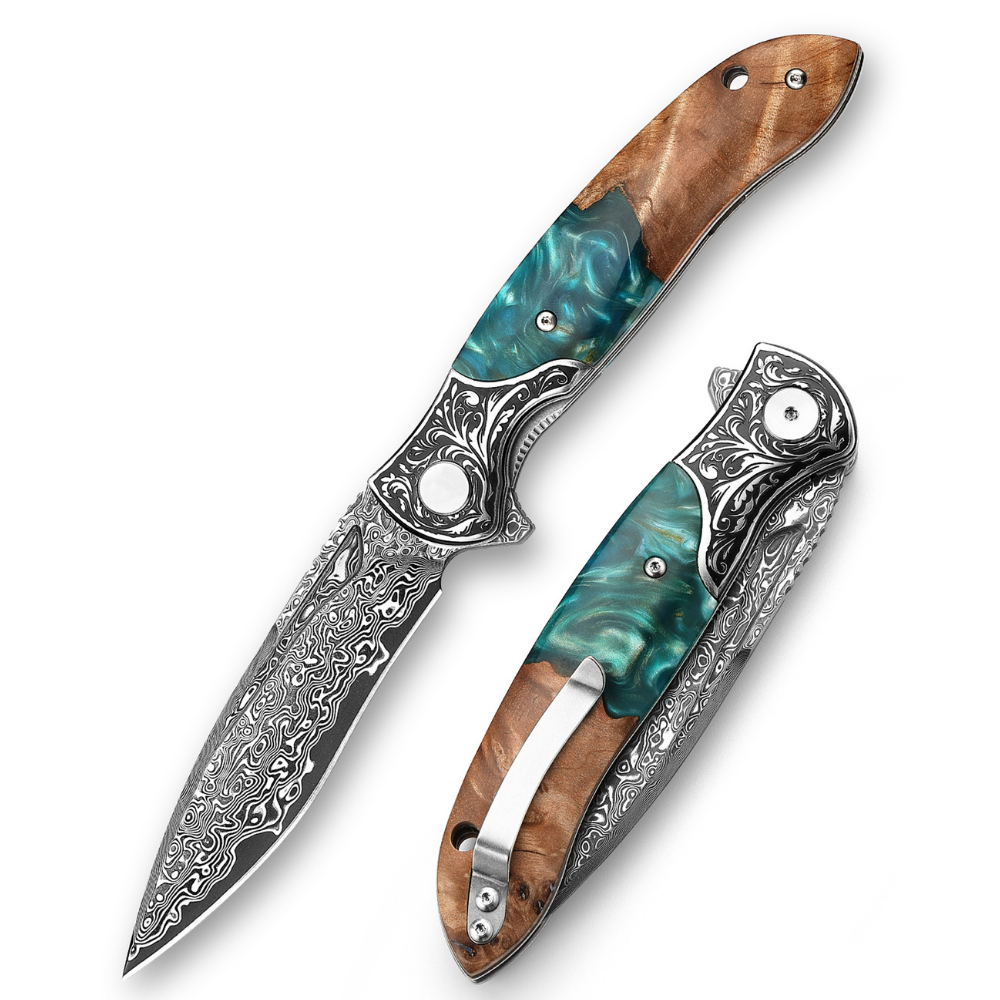
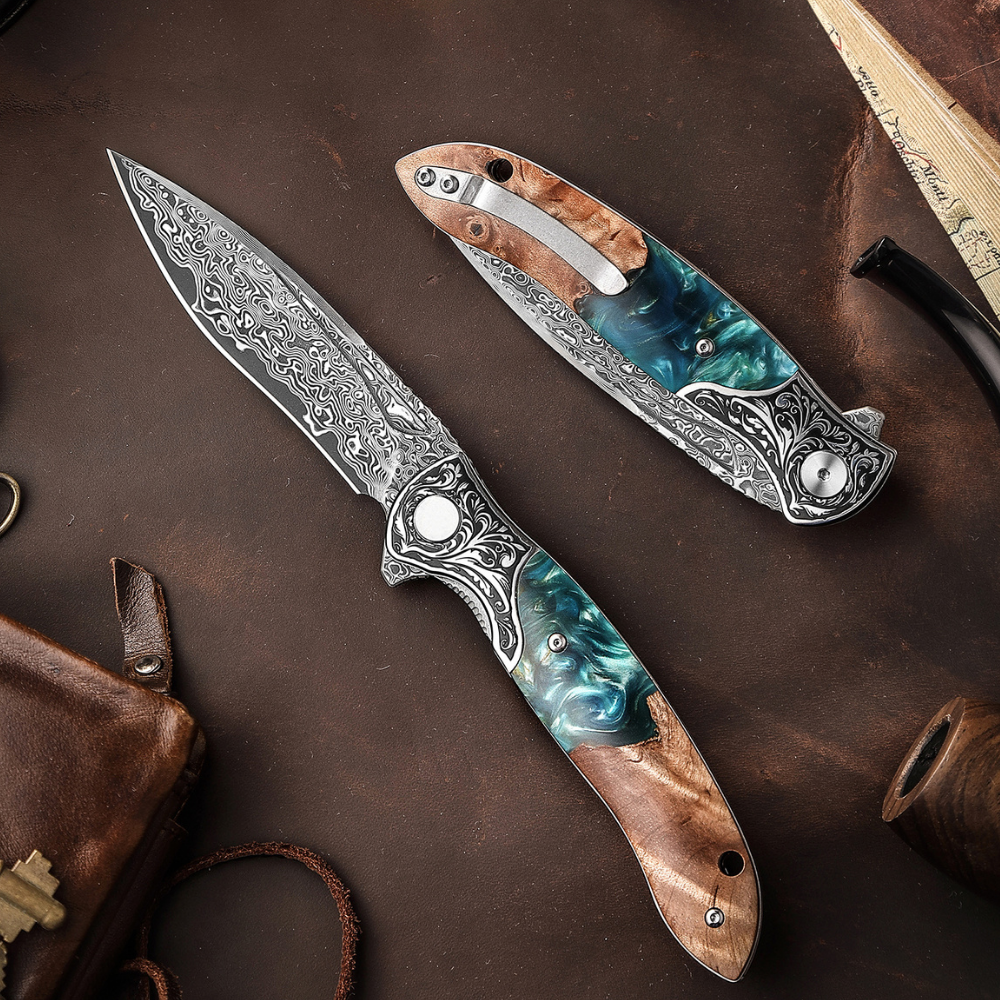
Leave a comment